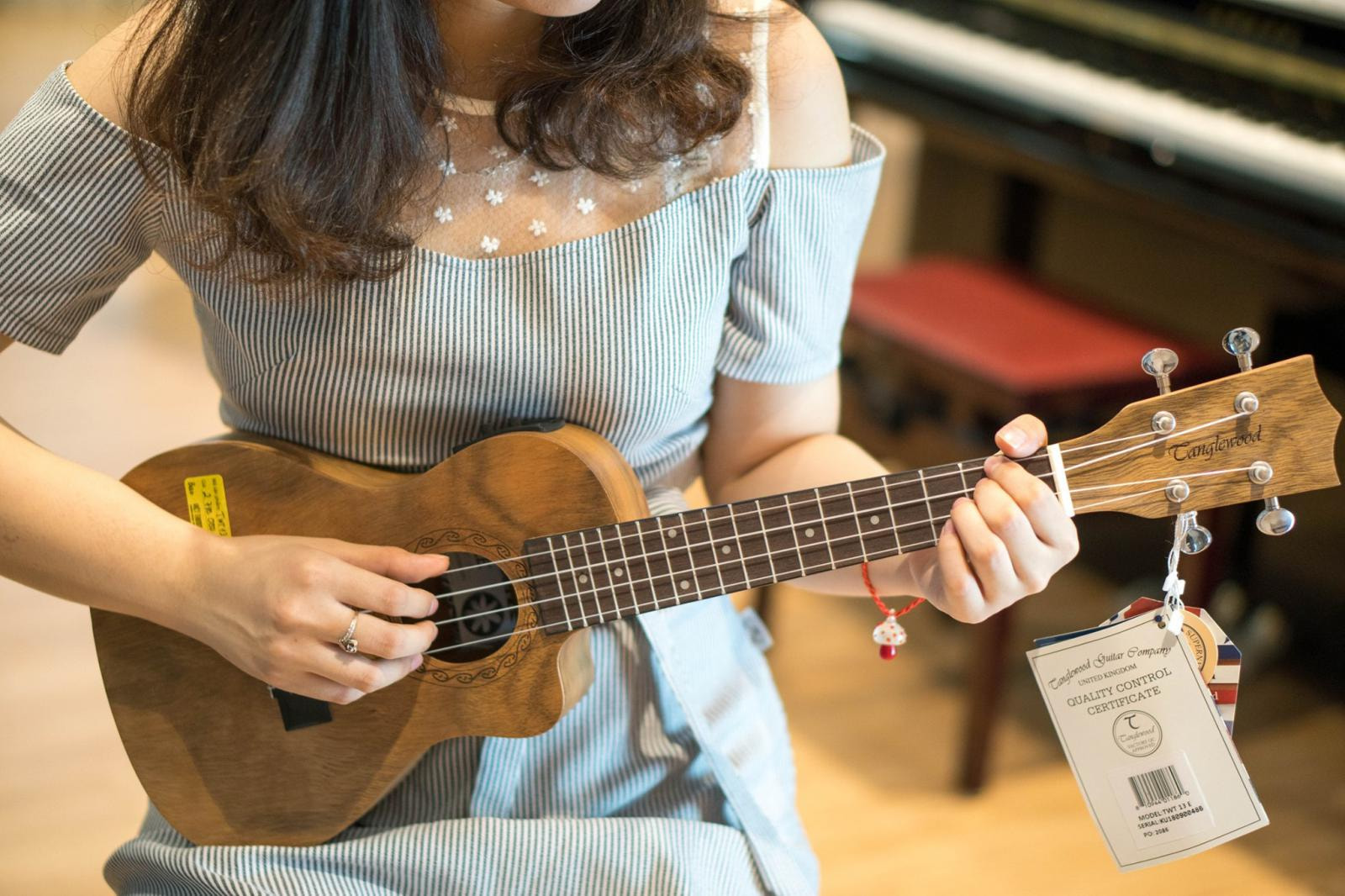The B Natural Minor Scale Theory
The B Minor scale consists of seven notes, namely B, C#, D, E, F#, G, A. It is typically notated as commencing and concluding on B, and it can be repeated at higher or lower octaves. It belongs to a key, which is B Minor in this case, and is classified as a diatonic scale. There are three variations of the minor scale: the natural minor, harmonic minor, and melodic minor. For this post, we will focus on the B Natural Minor Scale, but you can explore the B Harmonic Minor and A Melodic Minor in our other articles.
HOW TO CREATE THE B NATURAL MINOR SCALE
Every Natural Minor scale adheres to a specific sequence of tones and semitones (whole steps and half steps).
The sequence is as follows: Tone, Semitone, Tone, Tone, Semitone, Tone, Tone.
If we begin with the note C and follow this pattern, we will obtain the C Natural Minor Scale. To generate the B Natural Minor scale, trace the tone/semitone pattern starting from the note B.
Regardless of the starting note, you will always arrive at the minor scale for that particular note.

B NATURAL MINOR SCALE ON THE PIANO
As demonstrated, when playing this scale on the piano, we only use the white keys.

To play this scale on the piano use the fingers written below.

B NATURAL MINOR SCALE ON THE GUITAR
You can use the tab below to play the B Natural Minor scale on the guitar
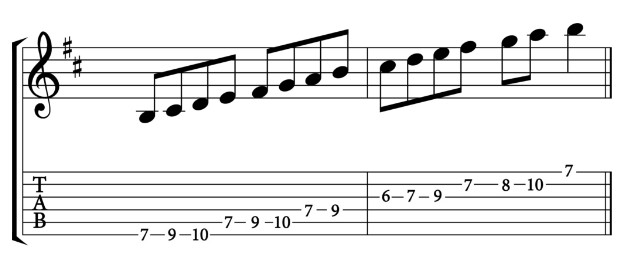
DEGREES OF THE SCALE: B MINOR
Each note in the B Minor scale has a degree position. The initial note of the scale is known as the 'tonic' note.

KEY SIGNATURE FOR B MINOR
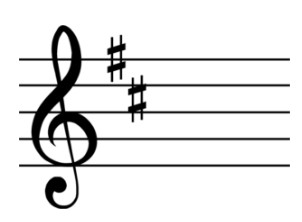
Instead of having to write the sharp symbol on each note, we can make use of the key signature. D Major and B Minor are related keys, with B Minor being the relative minor of D Major. This relationship is determined by the fact that B is the sixth note of D Major.
As a result, both keys share the same key signature, which includes two sharps: F# and C#.
And here is the full scale with the key signature

B MINOR SCALE IN DIFFERENT CLEFS
Treble Clef
Below is the B Natural Minor Scale written out in the treble clef, both ascending and descending.

Bass Clef
Below is the B Natural Minor Scale written out in the bass clef, both ascending and descending.
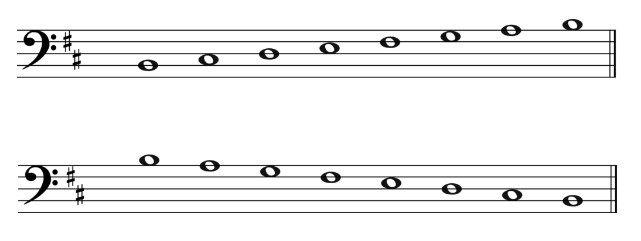
Alto Clef
Below is the B Natural Minor Scale written out in the alto clef, both ascending and descending.
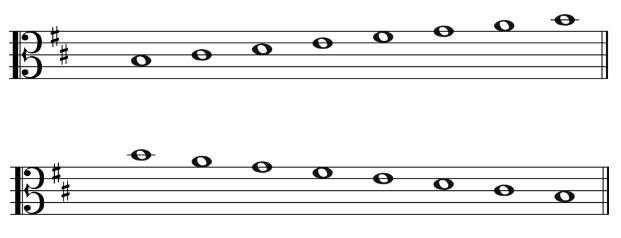
Tenor Clef
Below is the B Natural Minor Scale written out in the tenor clef, both ascending and descending.

If a piece of music is said to be in the key of B Minor, it implies several things.
- Firstly, its key signature will have two sharps (F# and C#), since its relative major is D Major.
- Secondly, the tonic or root note of the piece will be B natural, which will be the most stable note throughout the piece.
- Thirdly, the piece will primarily use notes from the B Minor scale, regardless of their octave.
- Finally, only chords that belong to the B Minor key will be used.
If you’re interested in learning more about music scales, chords, and musical theory, visit our Guitar tunio today


